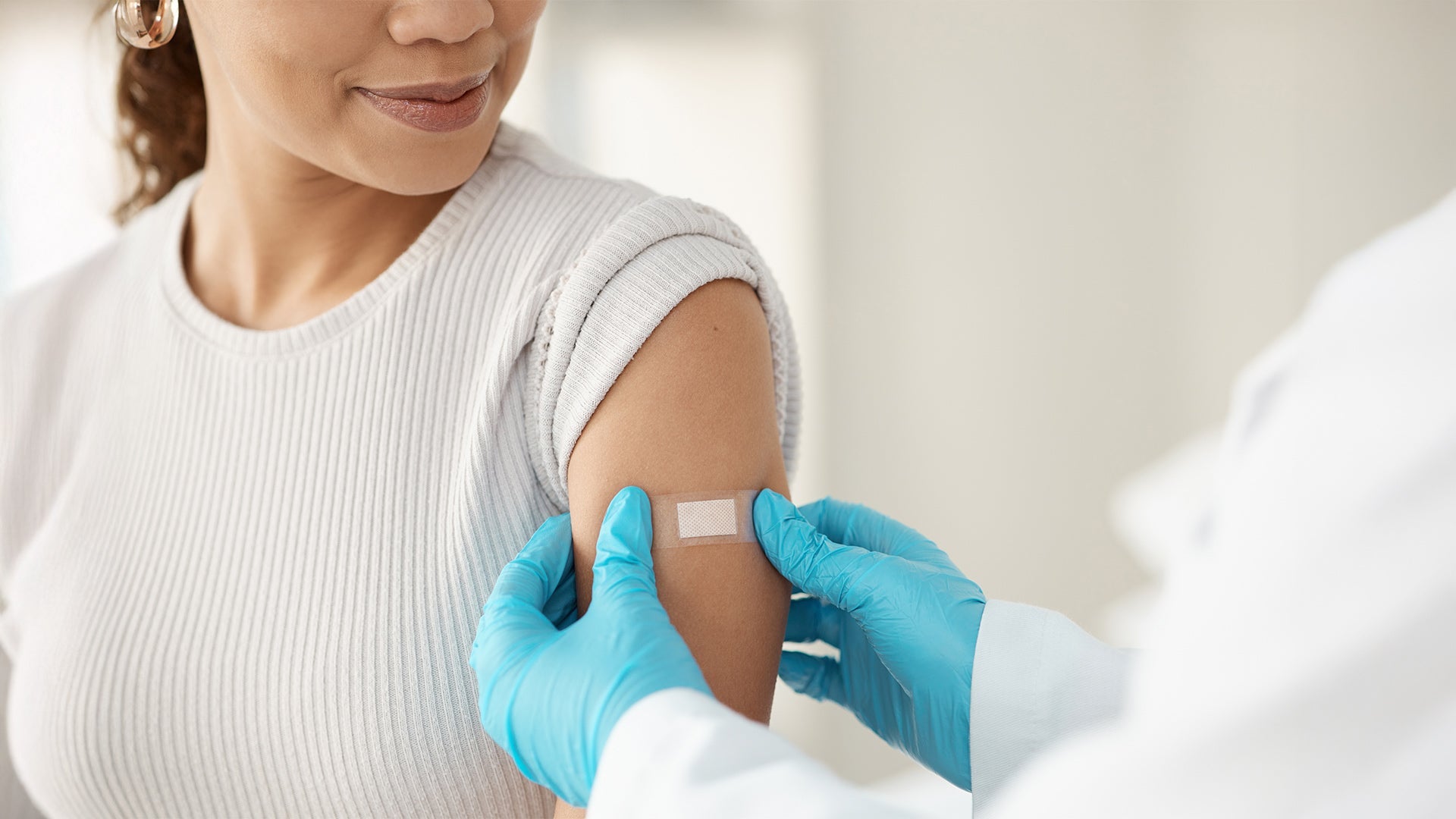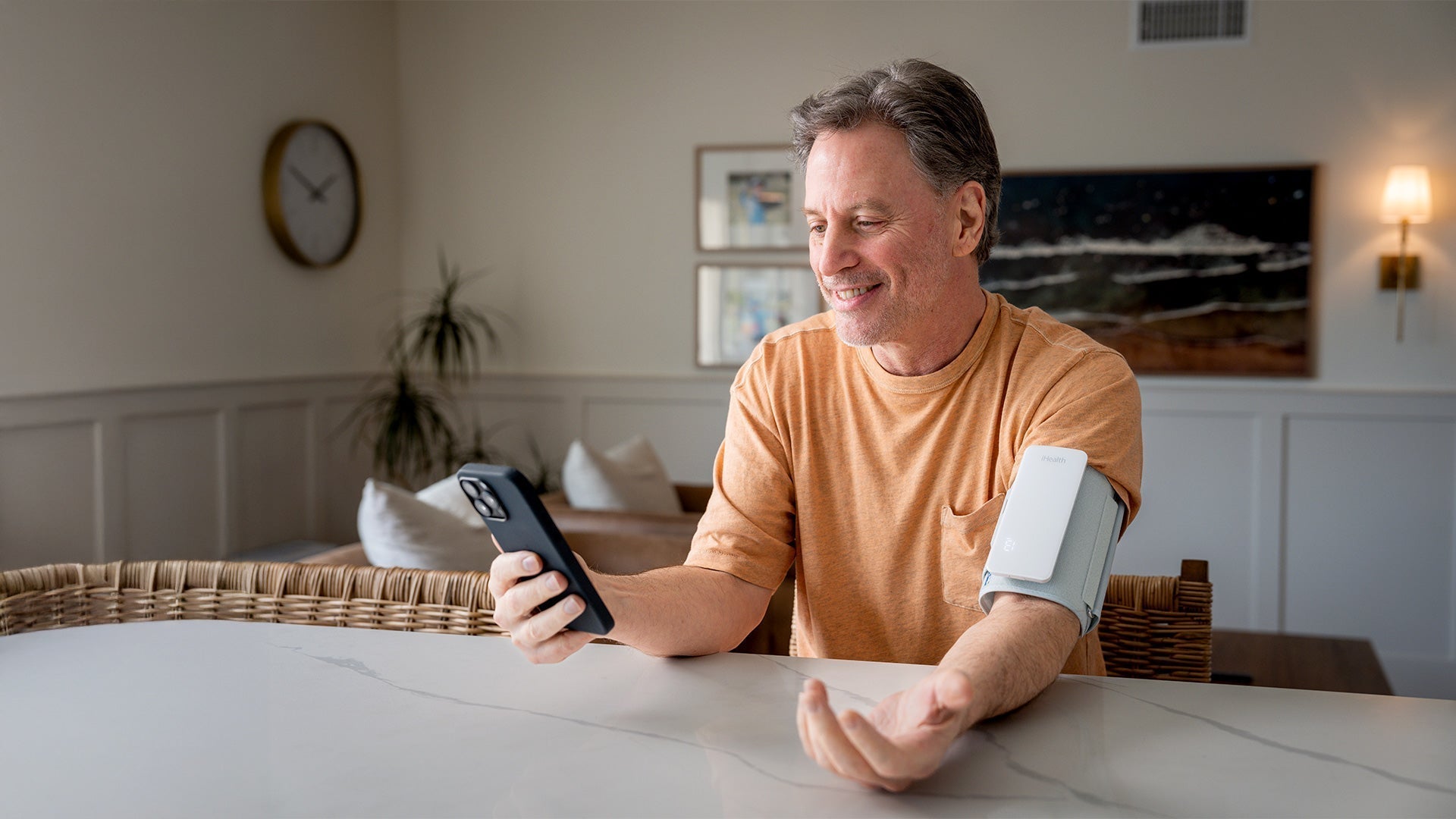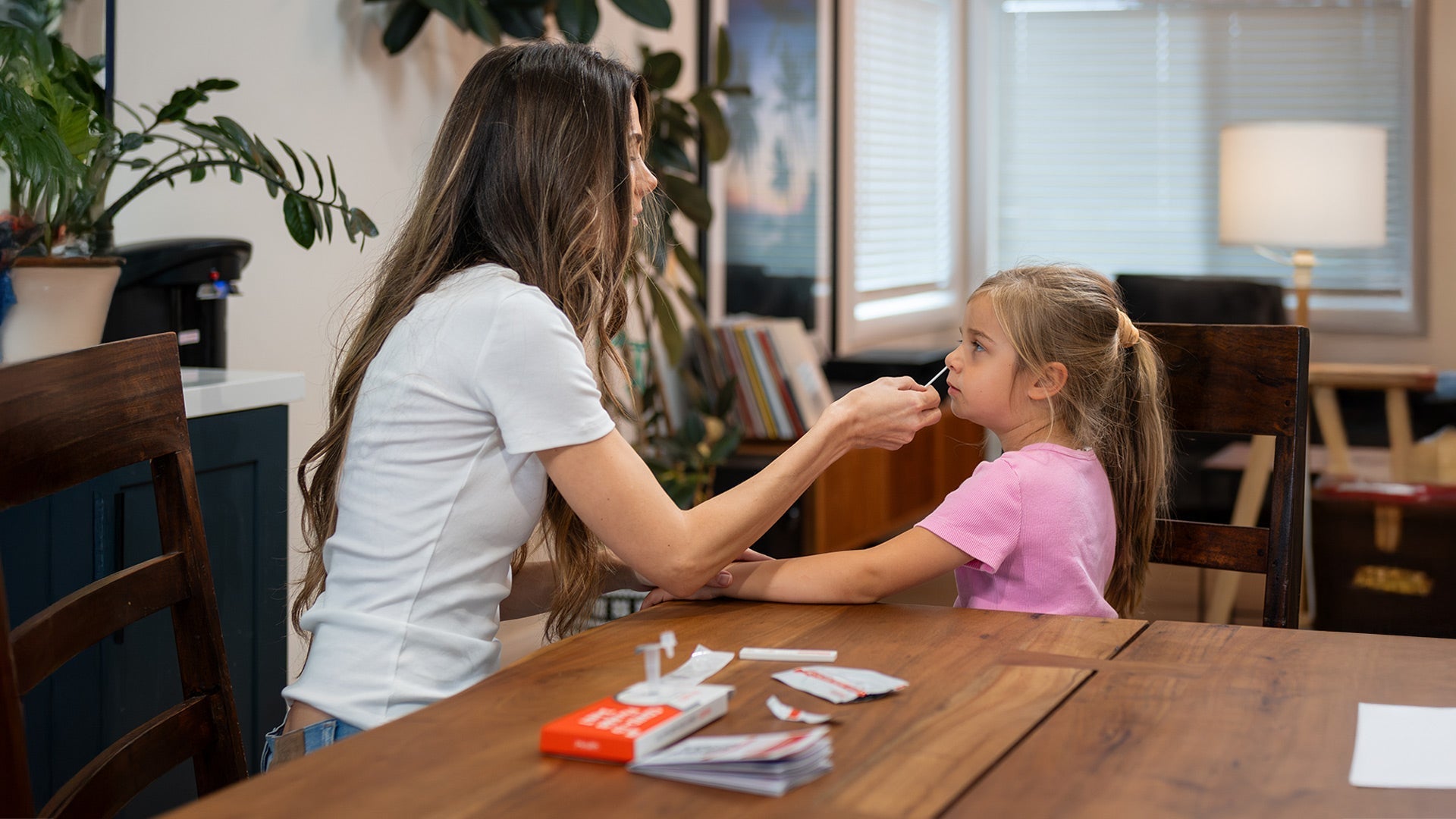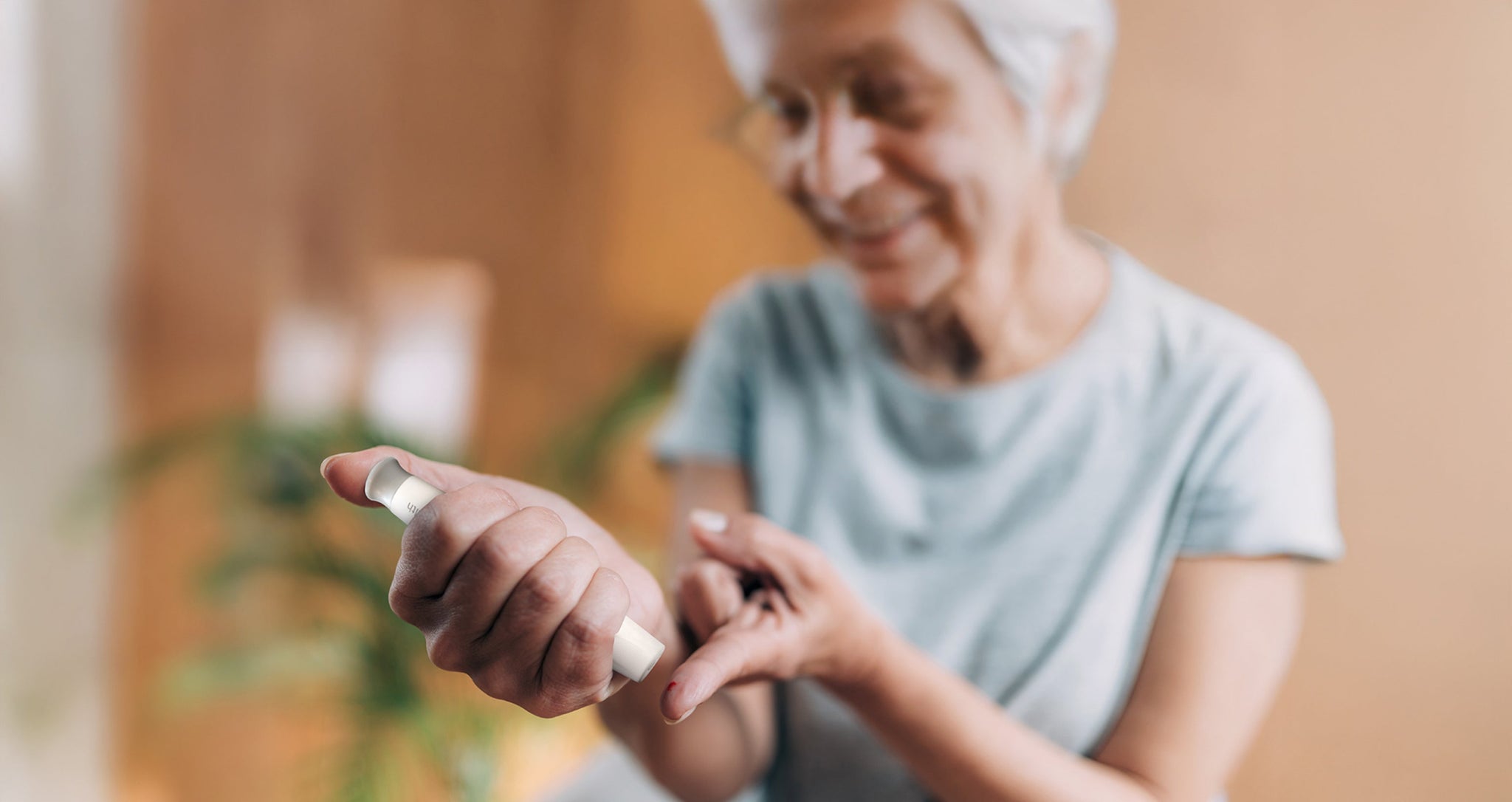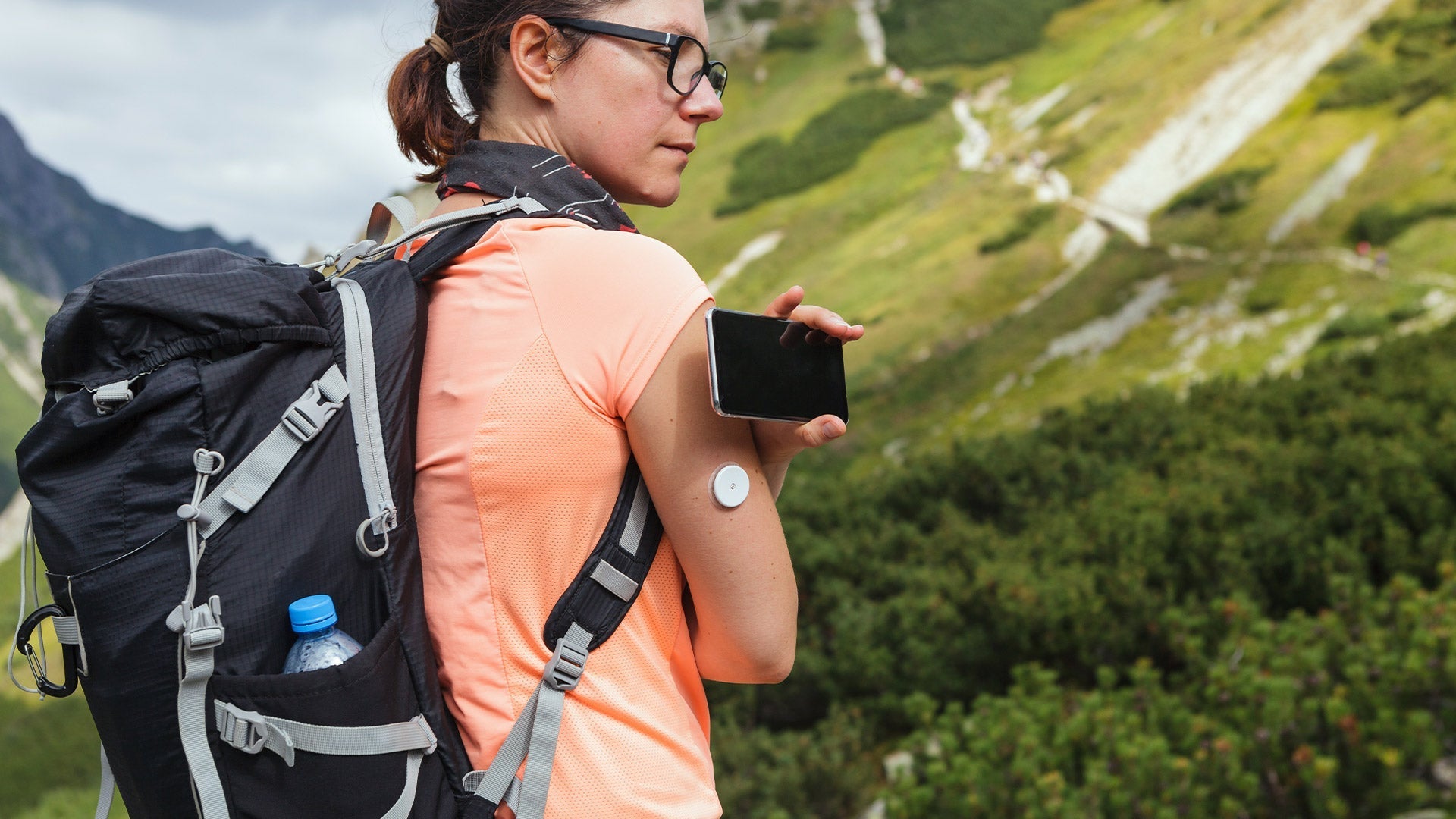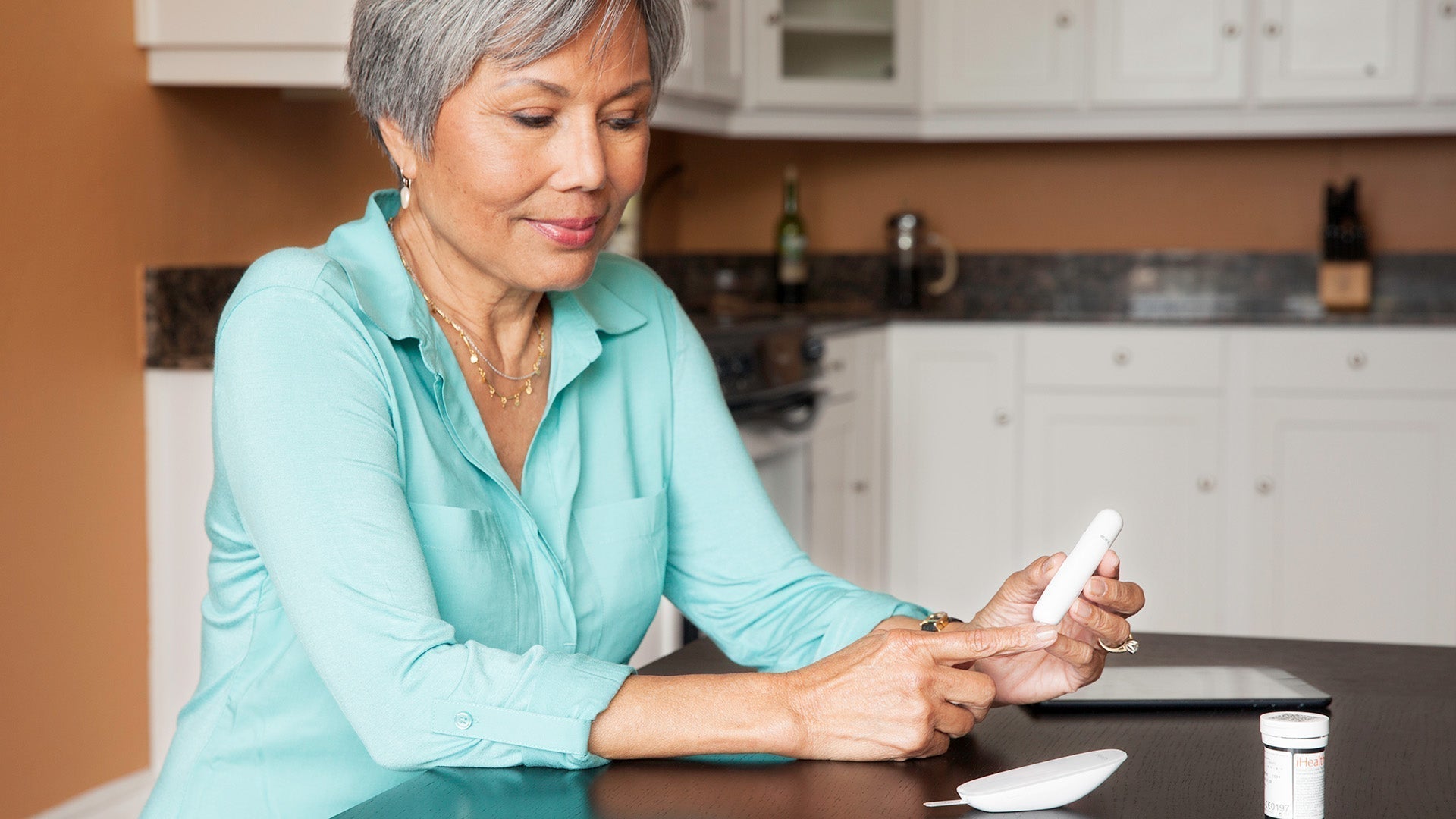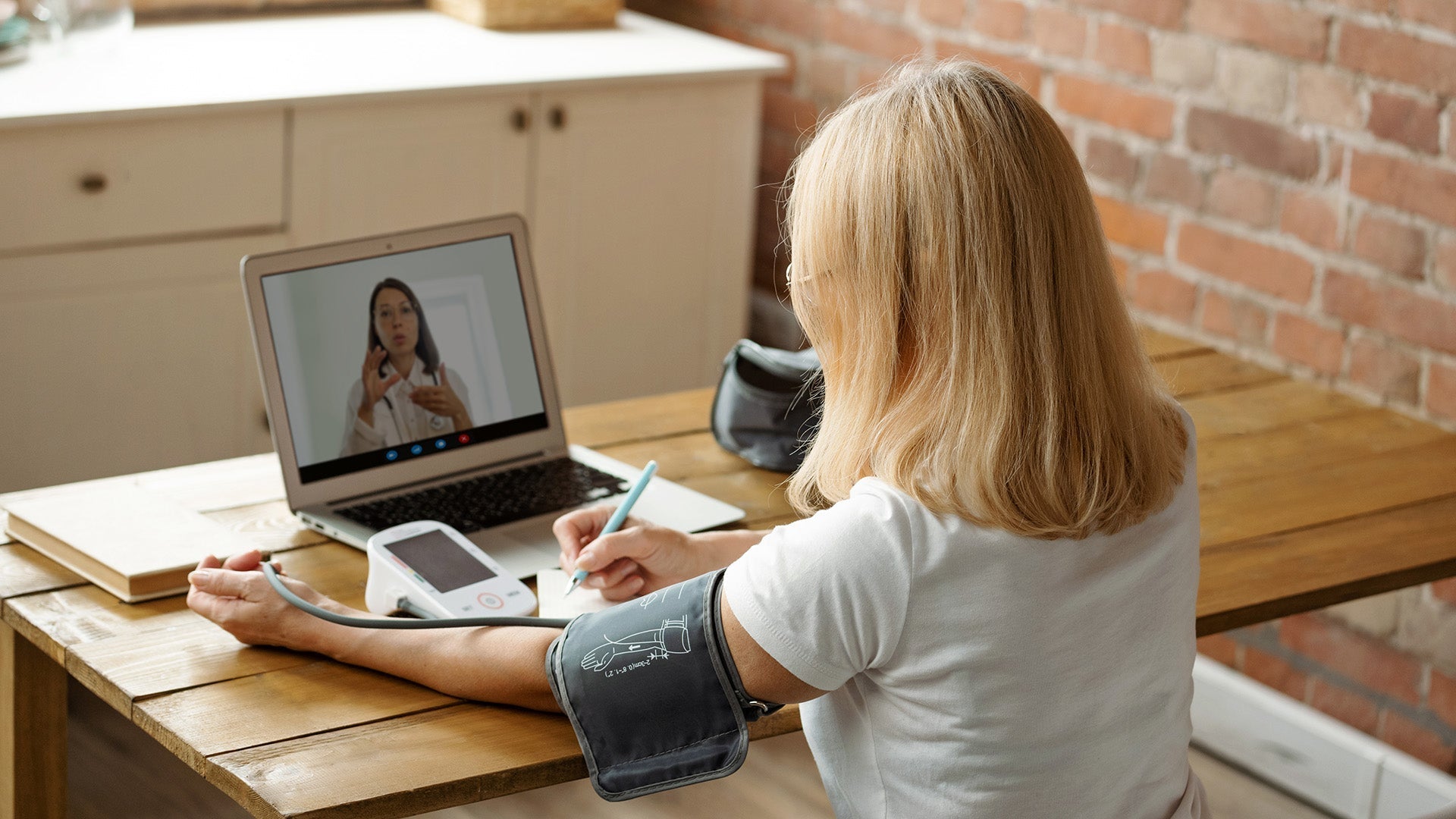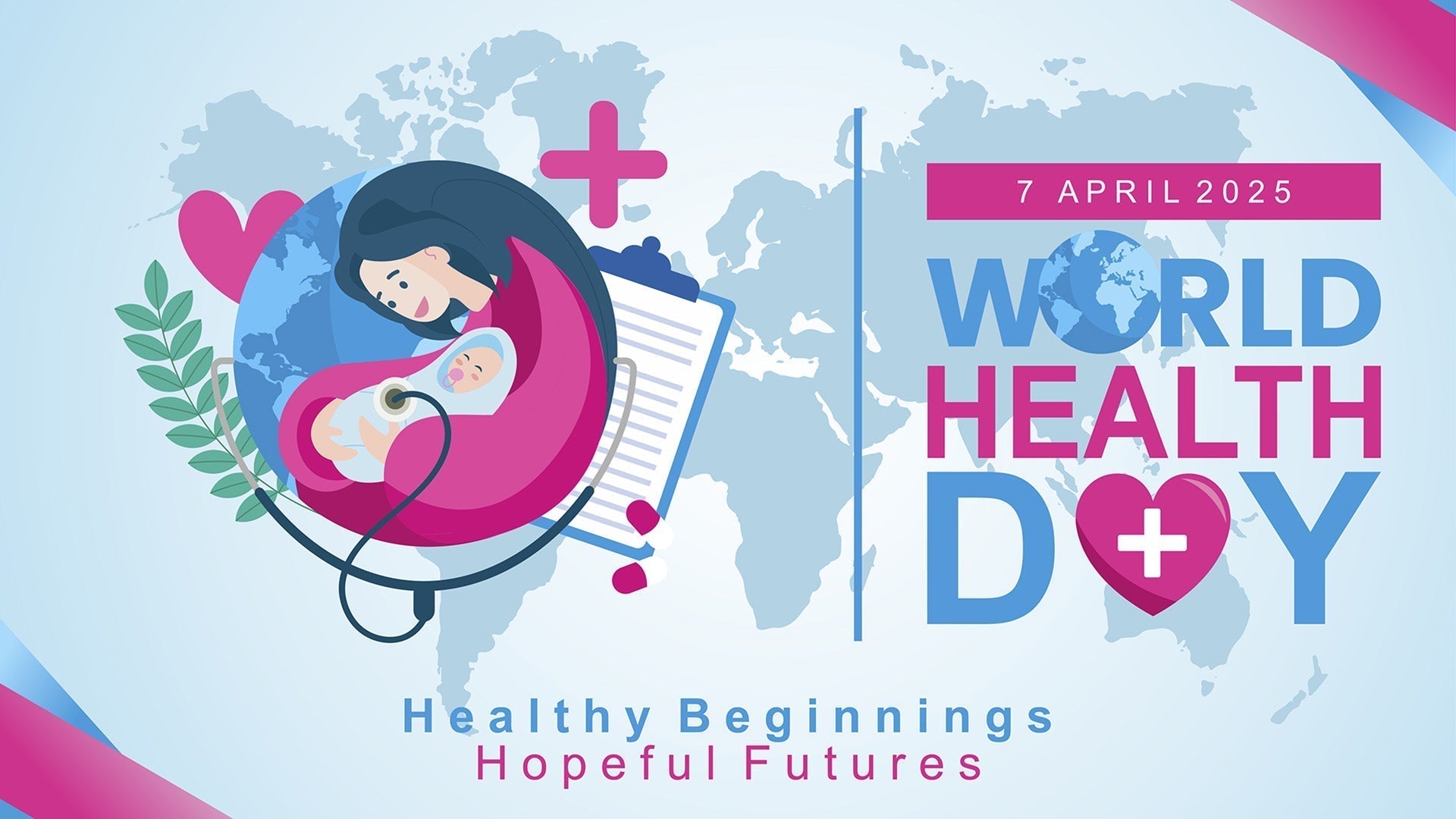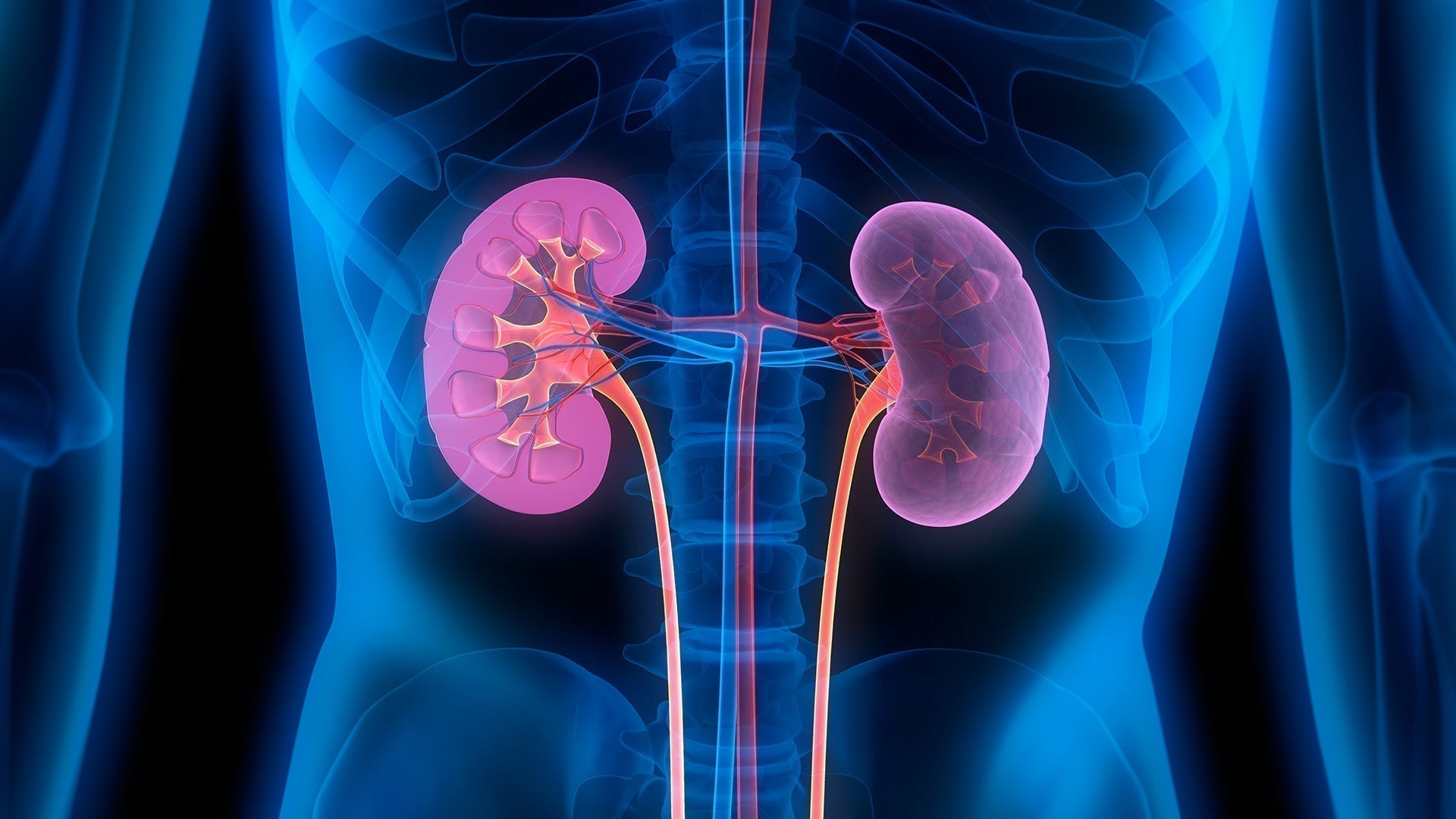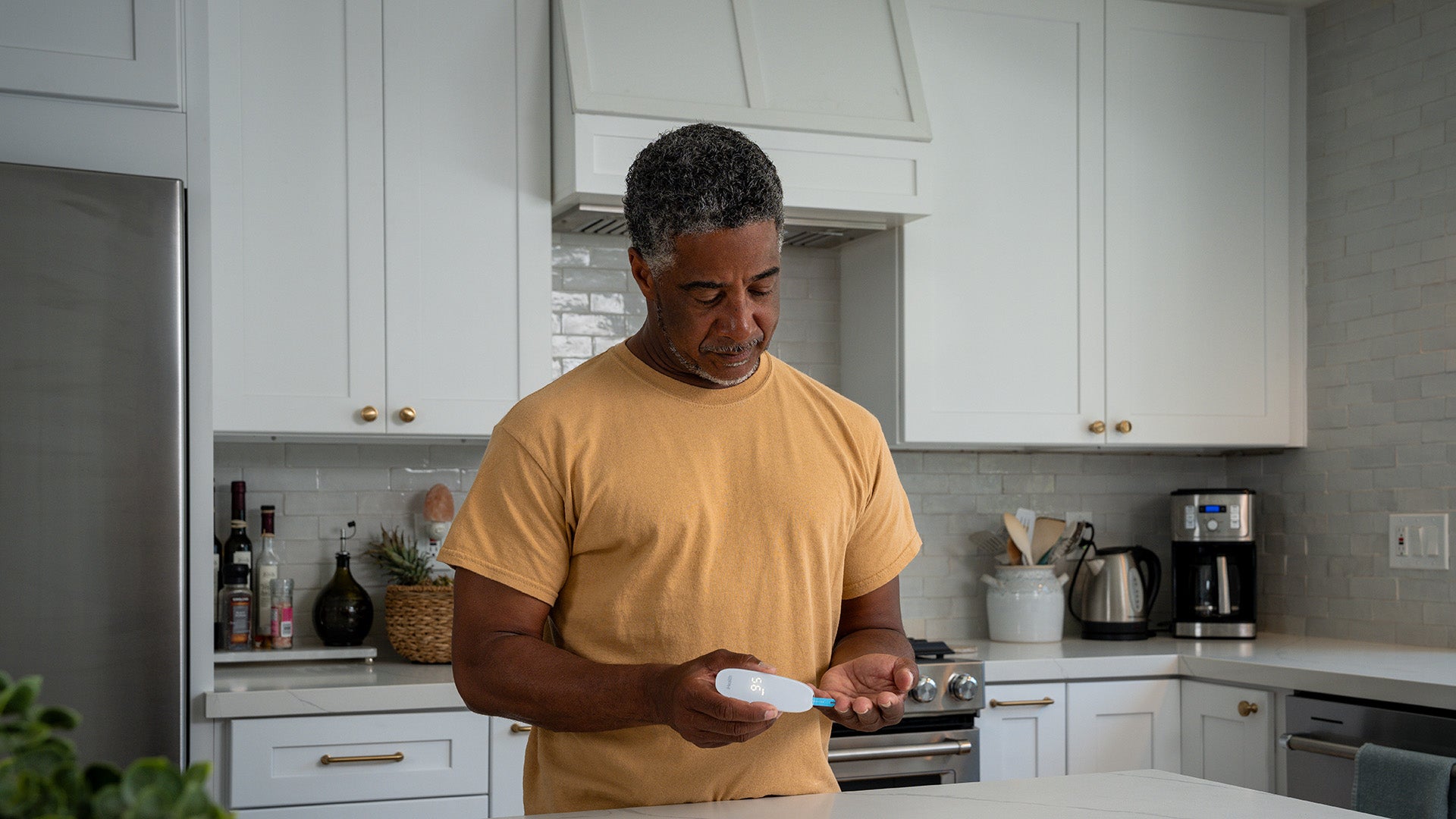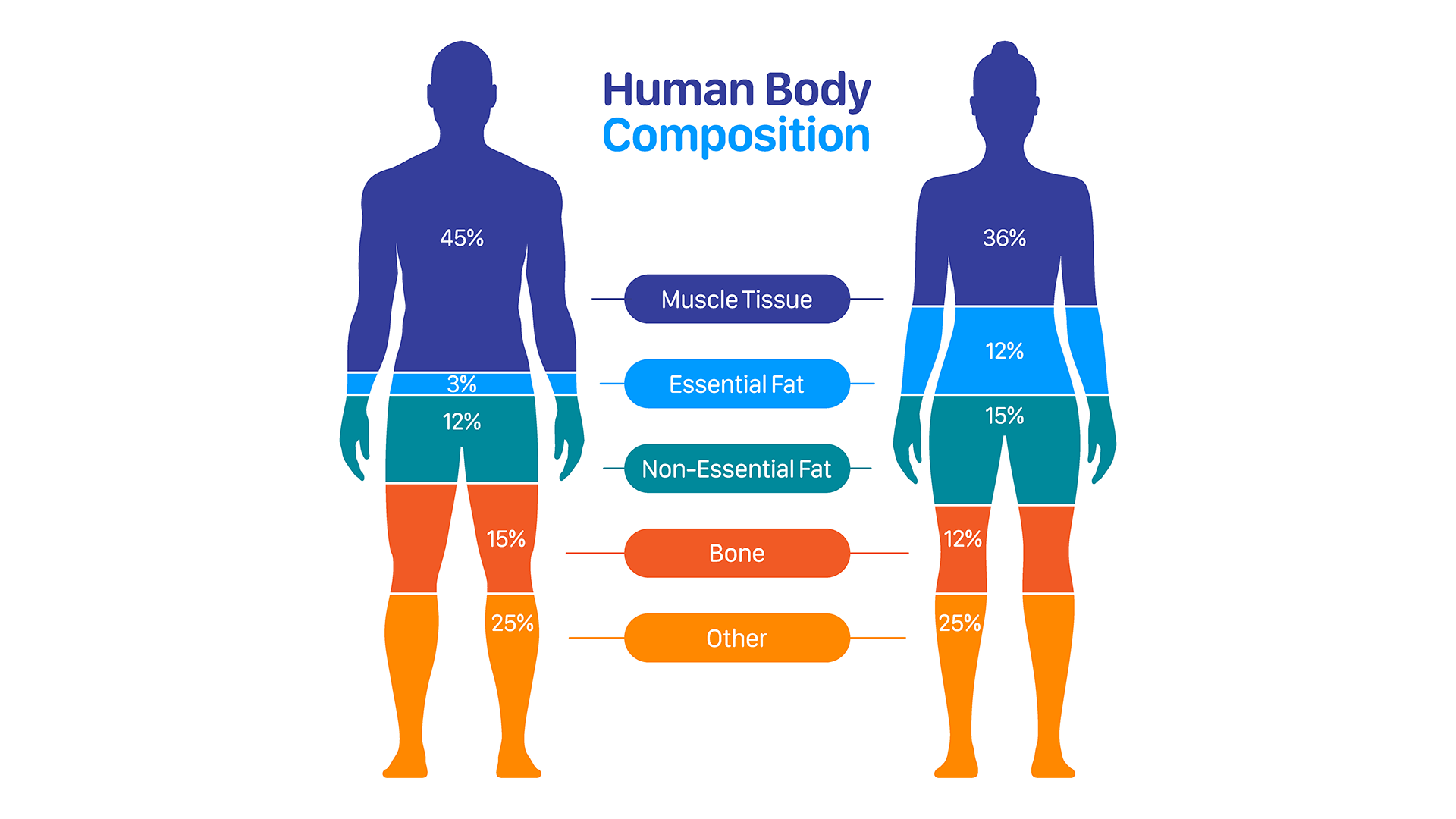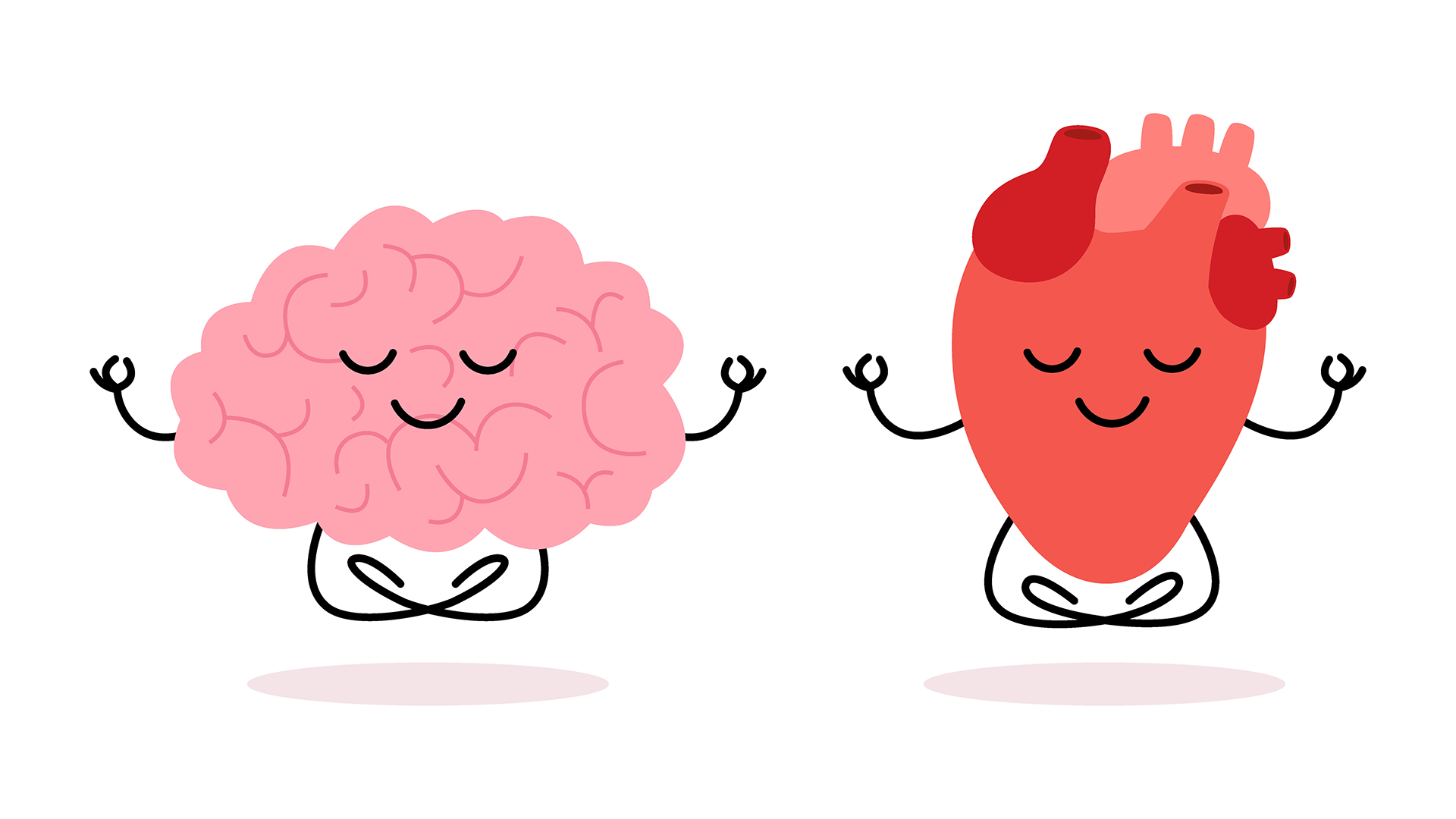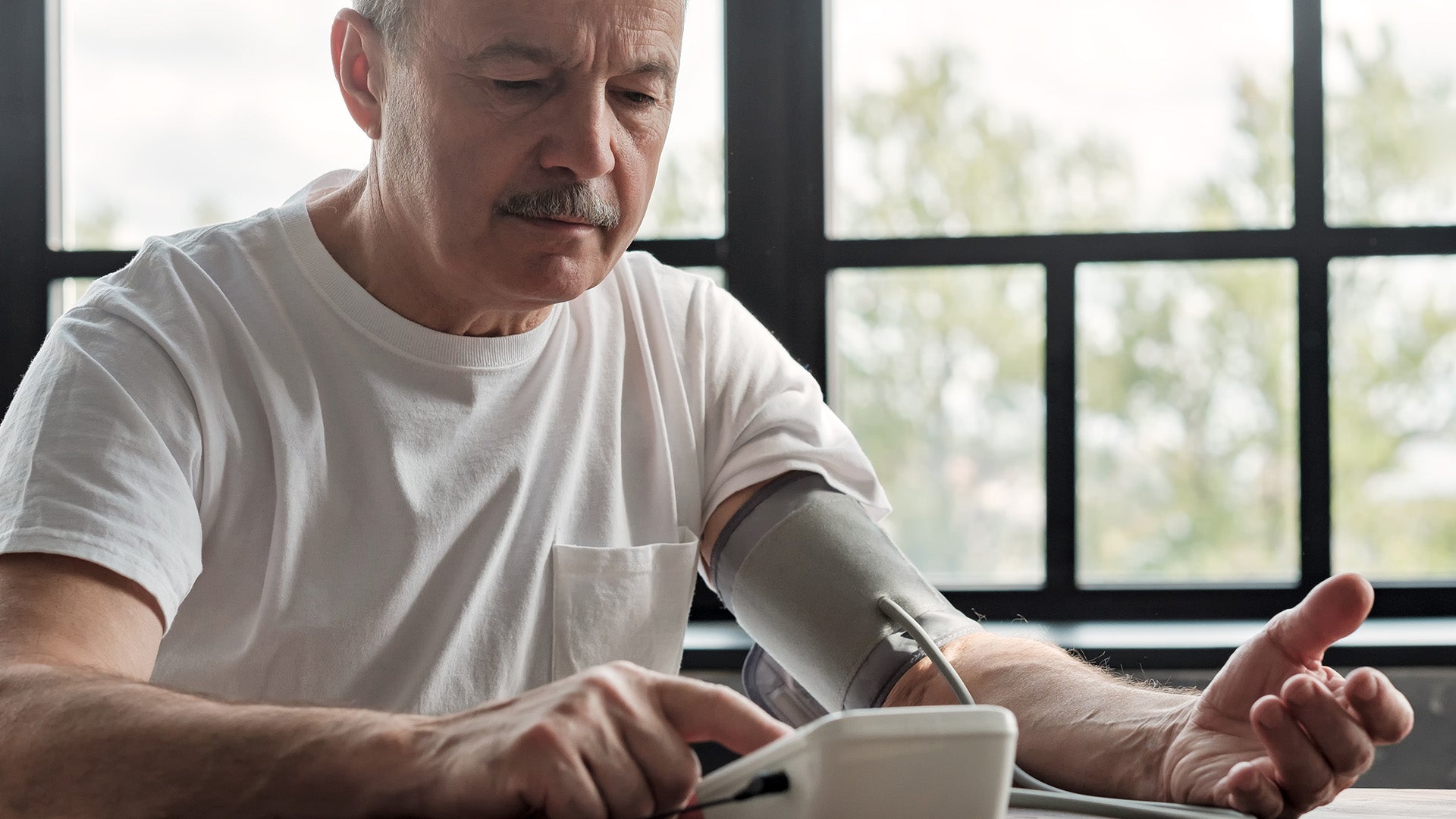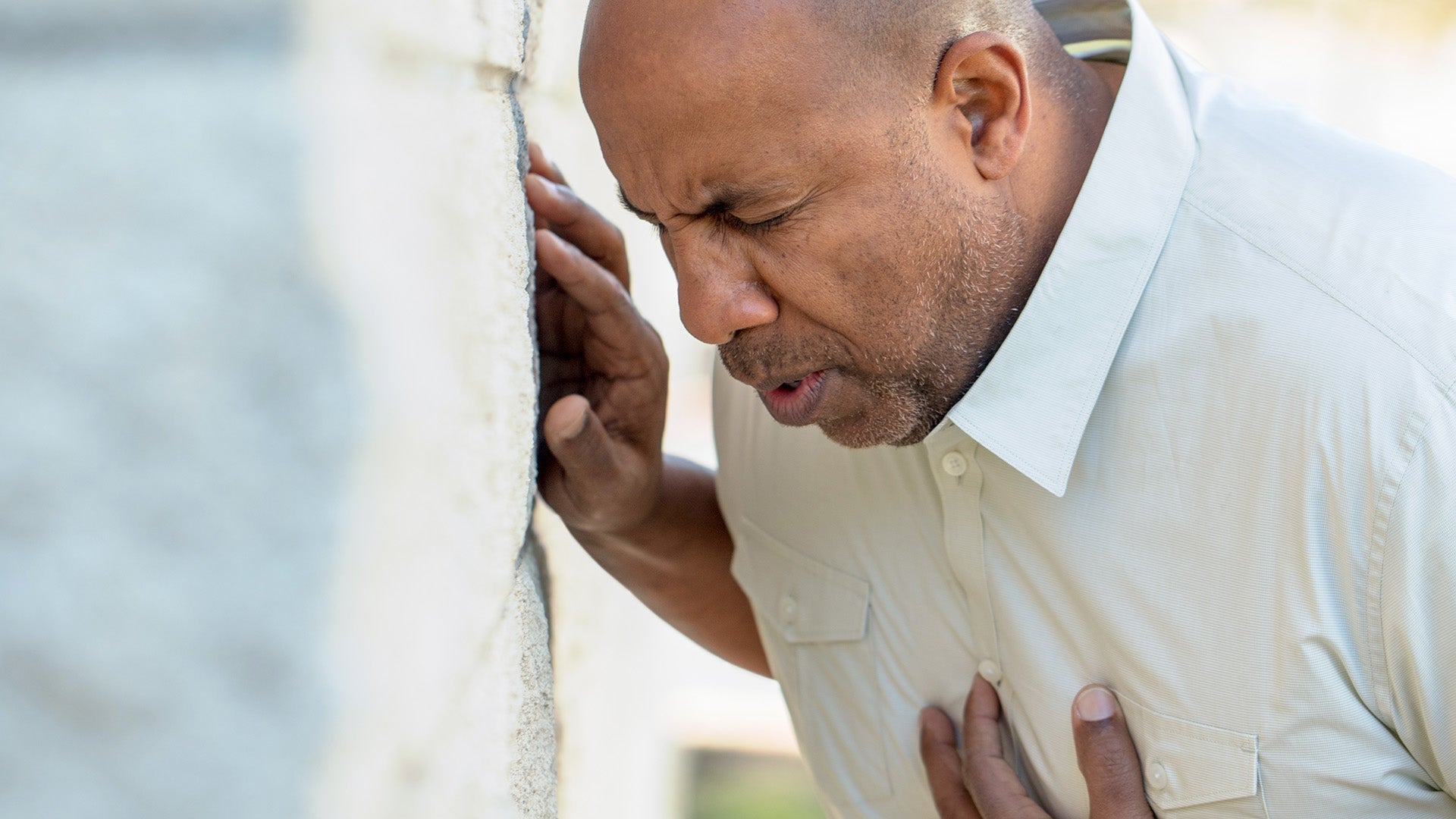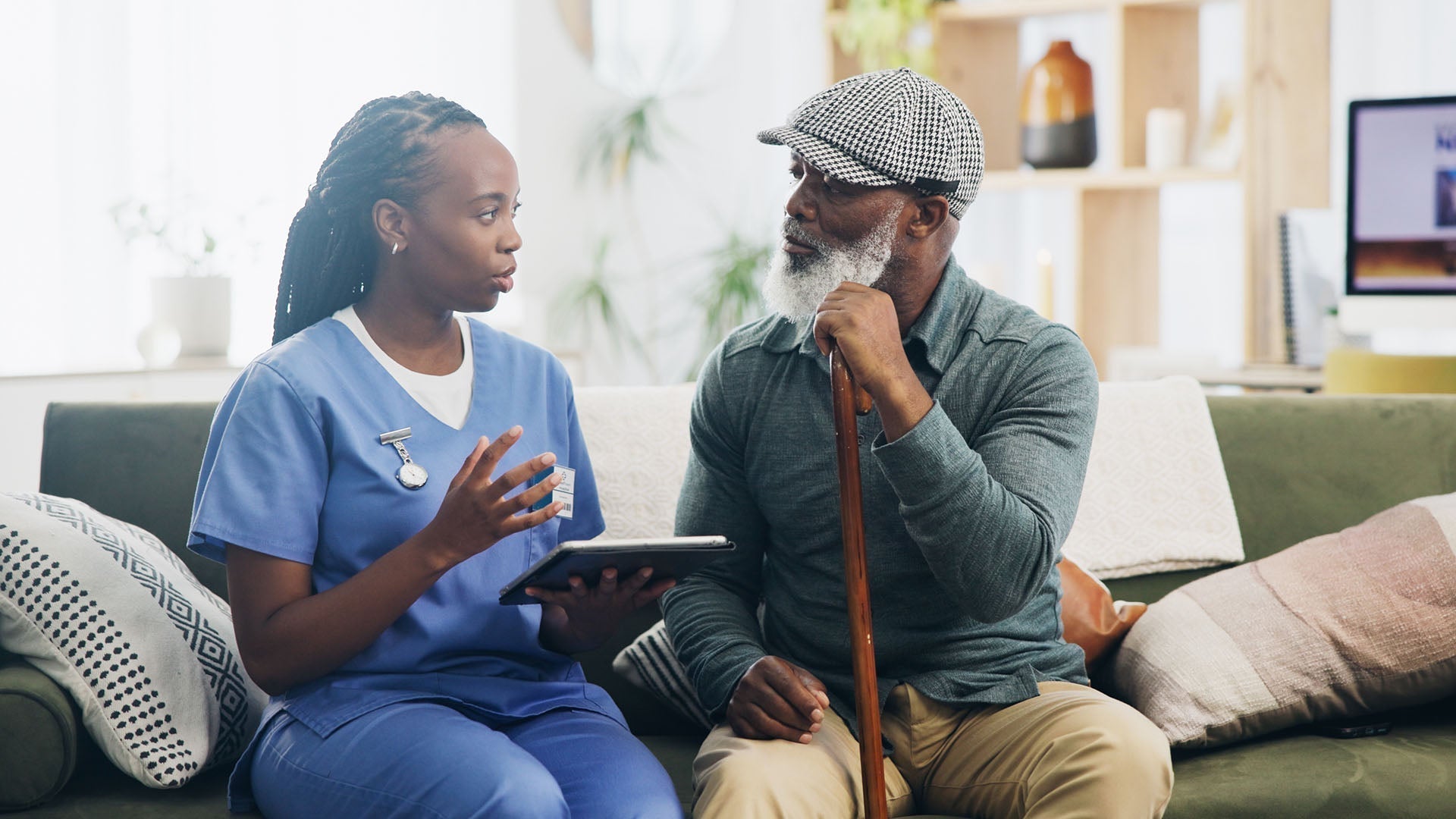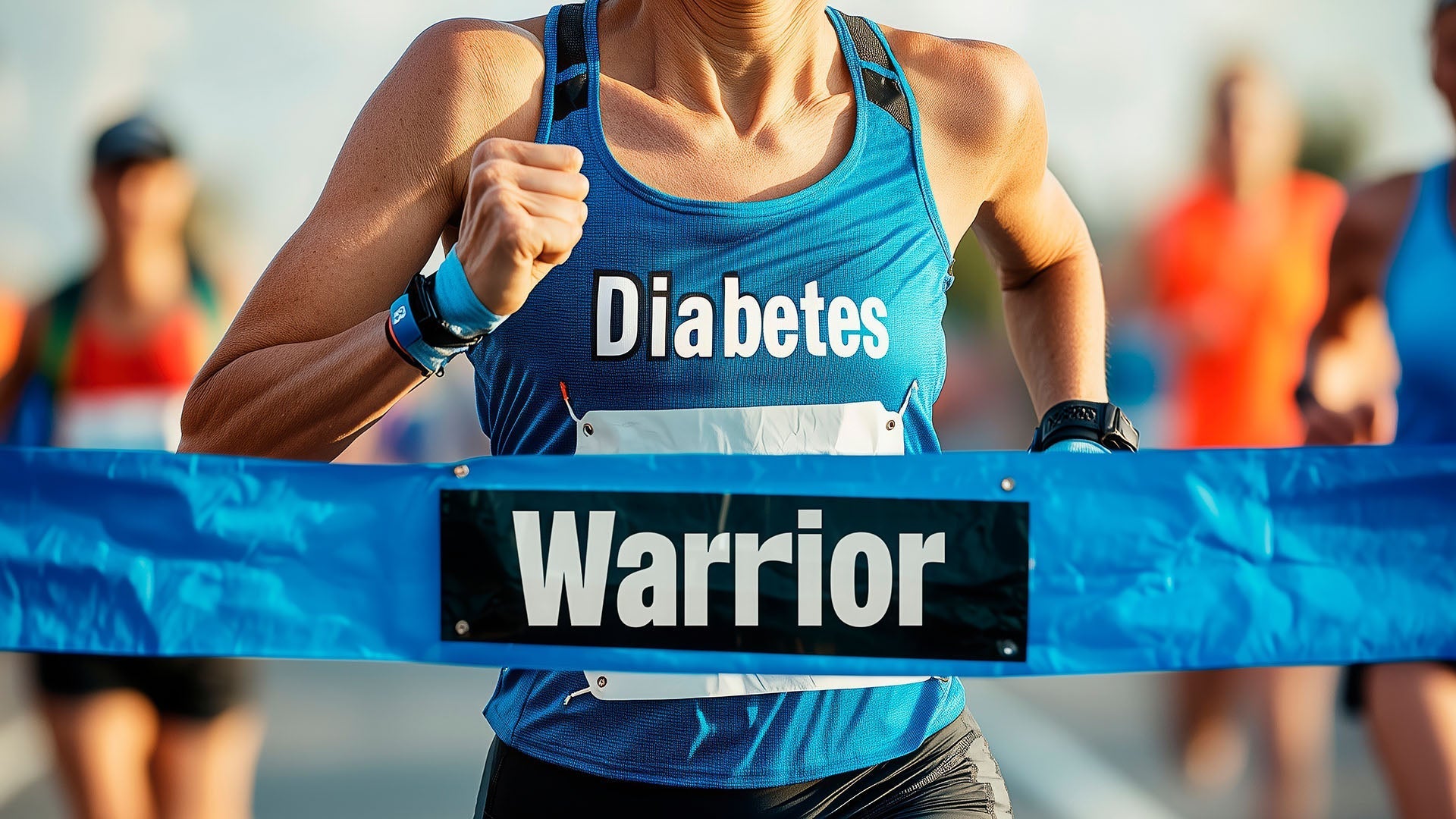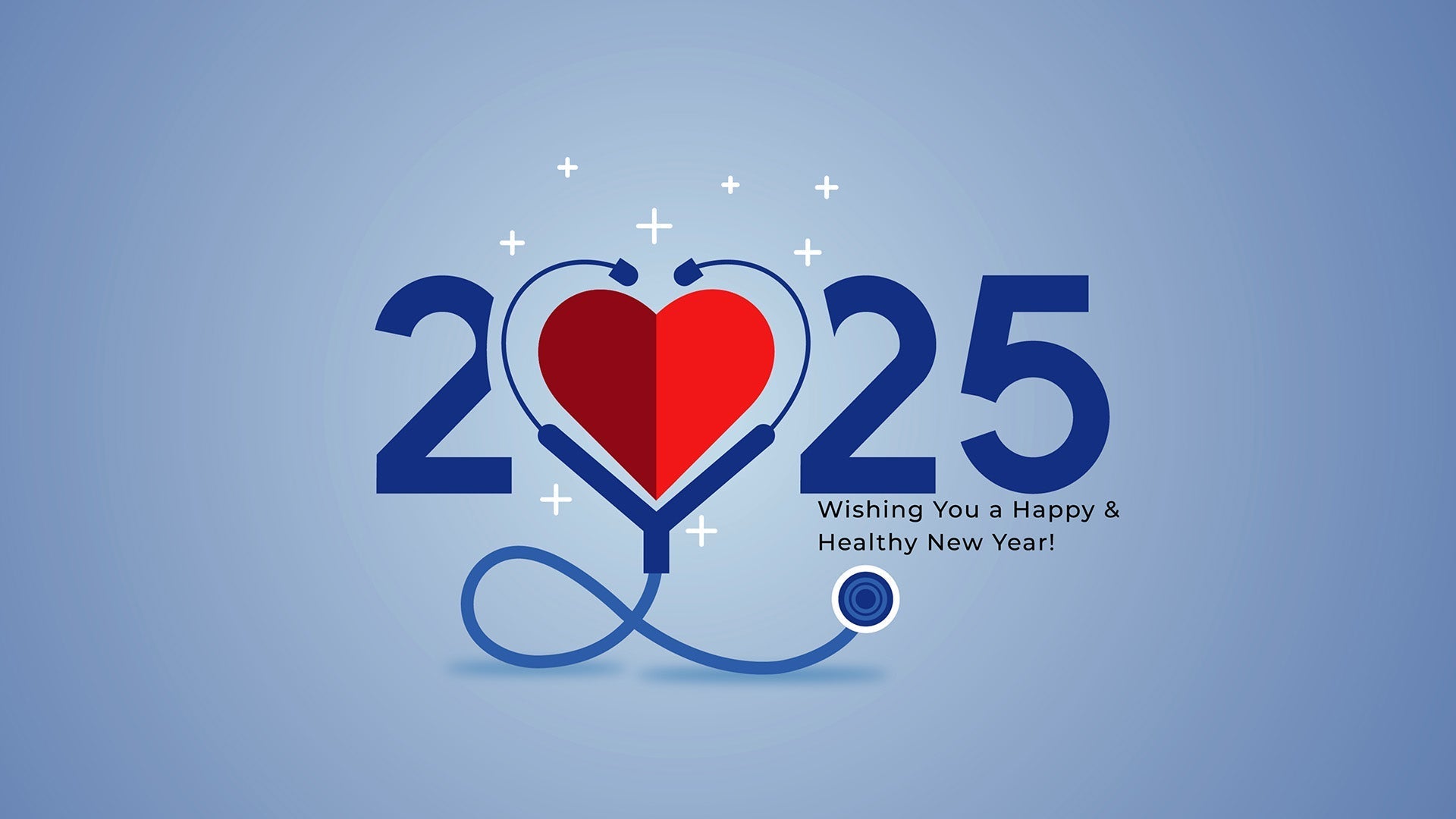Learn Your Way
to A Healthier Life

Every May beginning on Mother’s Day, National Women’s Health Week raises awareness about manageable steps women can take to improve their health. Coincidentally, May is also National High Blood Pressure Education Month, a time to learn about and manage hypertension (high blood pressure).
According to Kaiser Permanente, nearly 44% of American women have high blood pressure, but only 1 in 5 have it under control (below 130/80 mm Hg). This is concerning because high blood pressure is a major risk factor for heart disease, the leading cause of death for women in the U.S. Fortunately, modern healthcare methods are making it easier than ever for everyone to monitor, manage and take charge of their blood pressure.
Blood Pressure Numbers and Categories
Blood pressure is typically expressed as two numbers measured in mm Hg (millimeters of mercury—unit of pressure specifically used for blood pressure):
- Systolic pressure- the top number provided by a monitor, which measures the force of your blood when your heart contracts
- Diastolic pressure- the bottom number which measures the pressure in your arteries when your heart is resting
| Blood Pressure Category | Systolic mm Hg | Systolic mm Hg |
| Normal | Less than 120 | Less than 80 |
| Prehypertension (elevated) | 120-129 | Less than 80 |
| Hypertension Stage 1 | 130-139 | 80-89 |
| Hypertension Stage 2 | Greater than 140 | Greater than 90 |
Prehypertension results in thickened arterial walls but does not result in obvious symptoms. Hypertension stage 1 involves fat and cholesterol (plaque) buildup in the arteries and increases the risk of stage 2—which can lead to coronary heart disease, heart failure, aneurysm and/or stroke. Checking your blood pressure is the only way to know if you have prehypertension and most cases of hypertension stage 1.

Blood pressure fluctuates during the day, so when you establish a routine of reviewing your blood pressure from home, make sure to check it multiple times daily, at the same time each day.
At-Home Blood Pressure Monitoring
Digital blood pressure monitoring at-home is transforming how hypertension is monitored and managed between doctor visits. Some blood pressure cuffs and smartphone apps can send at-home readings automatically to healthcare teams, allowing patients to:
- Detect issues earlier by consistently tracking blood pressure and spotting concerning trends before sustained high blood pressure causes damage
- Take charge of their health by motivating them to check the blood pressure more regularly and adhere to medication, diet and lifestyle plans
- Achieve better blood pressure control when home monitoring between doctor visits is combined with a support system like remote patient monitoring
Improved Outcomes with Remote Patient Monitoring
Healthcare Journal published a 2024 study of 6,595 patients who found substantial improvements in blood pressure after enrolling in a remote monitoring program. Over just 90 days, the percentage of patients with uncontrolled hypertension (systolic pressure over 140 mm Hg and diastolic pressure over 90 mm Hg) dropped from 66.3% to 40.2%, and those with stage 2 hypertension (over 190/100) fell from 37.5% to 19.1%. On average, systolic blood pressure lowered by about 7.3 mmHg for all participants. Physicians consider that even a 5 mmHg decrease in systolic blood pressure can significantly lower the risks of stroke and heart disease.
Seven Steps for Managing Hypertension
While May’s recognition of women’s health and blood pressure education is an ideal time to take control of your cardiovascular health, these are practical steps anyone can take anytime:
- Learn about your blood pressure readings during a doctor’s visit and what they mean
- Invest in a validated home blood pressure monitor and learn how to use it correctly
- Check your blood pressure at the same times each day and keep a log of your readings
- Share your blood pressure data with your healthcare provider by bringing a blood pressure log to doctor appointments or by transmitting readings via an app
- Embrace heart-healthy habits and adopt a balanced low-sodium diet, exercise regularly, limit alcohol and avoid tobacco
- Take medications as prescribed consistently and report any side effects to your doctor
- Explore digital options and ask your healthcare provider about remote monitoring programs or recommended apps for tracking your blood pressure
With home blood pressure cuffs and remote monitoring programs, the landscape of hypertension care is evolving. These innovations share common goals—to improve outcomes by making care more proactive, patient-centered and to detect problems earlier so they can be managed before they escalate.
References
- Kaiser Permanente - High blood pressure in women—a high-stakes workforce health issue
- Cleveland Clinic - What is Blood Pressure?
- Mayo Clinic - High blood pressure dangers
- Cleveland Clinic - Prehypertension
- Mayo Clinic - High blood pressure (hypertension)
- AHA Journal - Smartphone Application-Assisted Home Blood Pressure Monitoring Compared With Office and Ambulatory Blood Pressure Monitoring in Patients With Hypertension
- Healthcare Journal - Remote Patient Monitoring Is Associated with Improved Outcomes in Hypertension
Sign Up For More From iHealth
Receive the Latest News and Special Offers


